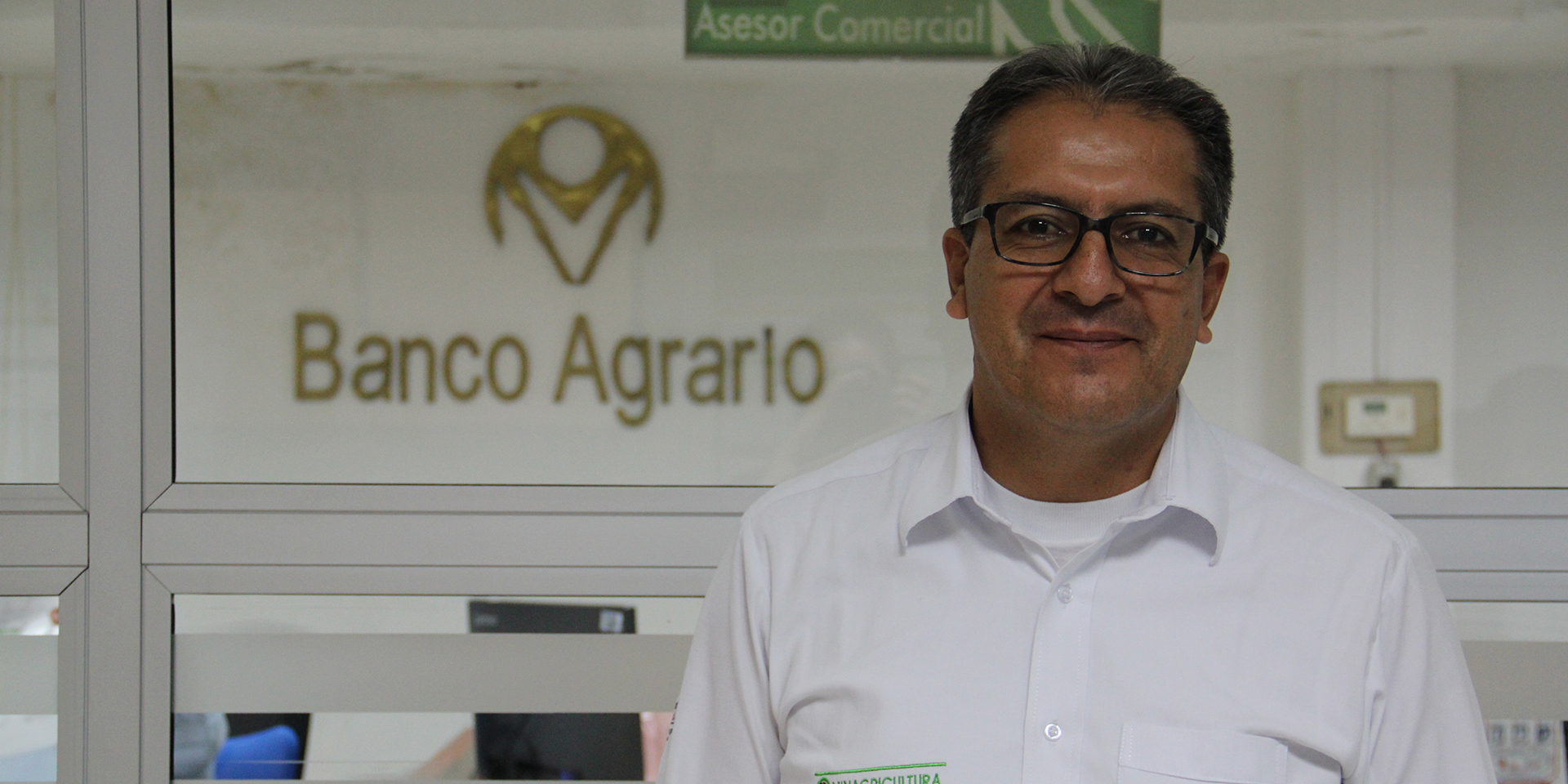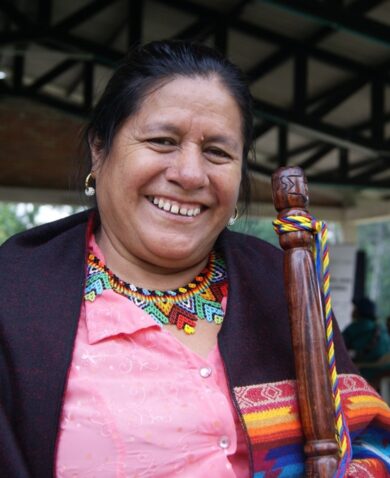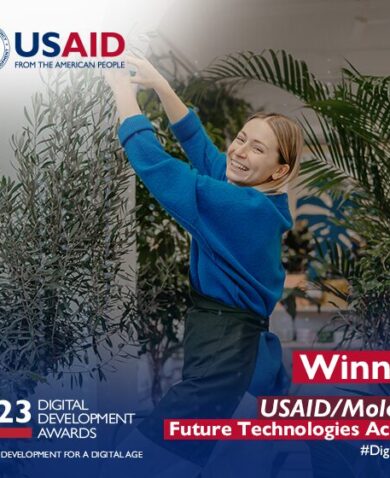
To Bring On Partners, Know Your Pitch
July 6, 2017 | 4 Minute ReadRelationship-building is easy to overlook but is often crucial to a project's success. Nicole Kresse shares four tips from a project with a 100 percent success rate at signing on partners.
In development, we are constantly improving our ability to do meaningful work and becoming more demand-driven in our approaches. While some improvements are disruptive technologies like digital financial services, others are simple changes to the way we operate. One of the topics from the recent SEEP Women’s Economic Empowerment Global Learning Forum that really resonated with me and has been utilized with great success on our USAID Colombia Rural Finance Initiative (RFI) is the concept of tailoring pitches to your audience by using language that they respond to. While not a new idea, giving a carefully considered pitch is an important way to make sure that your project can bring on the partners you need and start off on the right foot. In the case of RFI, this meant selling the potential for profits to our banking counterparts and leaving our development goals out of the conversation, even though as a USAID implementer, achieving meaningful development impact is our driving force.
Aligning objectives through creative sales pitches
RFI’s primary objective is to promote financial inclusion for un- and under-banked rural populations in Colombia by helping banking institutions build their capacity and expand services to these vulnerable populations. When RFI began in the fall of 2015, the initiative’s technical team adopted a smart approach to engaging partner banks, or financial intermediaries (FIs). The team talked numbers that aligned with the bank’s targets, like new clients, markets, and services as well as reduced costs of customer acquisition and service delivery, rather than focusing on social benefits. RFI brought market data and business plans, showing the FIs that a market that had previously seemed unreachable and unprofitable actually held great promise if the FIs changed their standard way of doing business. RFI didn’t talk about helping the poor and the good it would do for the Colombian economy, even though that is at the core of our program. We knew those results would come if the FIs could see the benefits of bringing lower cost, higher volume products and services to rural farmers and small business owners who need access to credit and savings products. Interestingly enough, this approach worked with a 100 percent success rate when it came to bringing on partners, and RFI now works closely with 14 FIs, as well as nine non-FI partners (including large productive groups and more).
Tips for selling programmatic objectives to external parties
- Know your audience. Your sales pitch for collaboration needs to speak directly to the potential partner’s goals and how you can help them achieve those goals. Know their targets, market, and challenges to be able to speak to all of these points. By understanding what drives them, you can find the best way to add value.
- Know your overlap and start there. Recognizing that local partners have a greater potential for sustainable impact, look for shared objectives and start your collaborative efforts there. By finding shared interests and goals, you can achieve initial successes that build trust and promote both groups. This may facilitate more robust partnerships that enable change long after our projects end.
- Provide quantifiable data that speaks to audiences’ needs. Be prepared and have data that substantiates why this partnership makes sense. Maybe it’s projected sales growth or a target reduction of costs, or maybe it’s a full business plan like RFI presented to partner FIs. Show them that you mean business and that business is profitable.
- Share lessons learned with others for replication and greater impact. You’ve done it! Now share what you learned with other projects and implementers. Sharing successes and failures builds a community of learning that helps us to achieve more.
Enabling local stakeholders expands a project’s reach
RFI’s market-driven approach helped to generate trust with the FIs, facilitating a bilateral cooperation that has resulted in jointly developed multi-year work plans for each FI, grants with a 3 to 1 leverage ratio for improved utilization of programmatic funding, and collaborative technical assistance. Much of these accomplishments hinged upon RFI’s success in bringing partner FIs on board quickly by delivering a pitch that was compelling. By identifying partner needs and areas for collaboration, RFI has simultaneously driven its agenda for increased financial inclusion. RFI is exceeding its targets to date by changing the way the project and the FIs operate, reaching more than 169,000 clients, mobilizing a total of $200,724,445 in financial services, and leveraging almost $7.5 million in funds. We’ve worked with the FIs to identify lower cost service delivery methods to reach rural clients and supported the creation of 30 new banking correspondents, 12 new bank branches, and expanded mobile money services. In a targeted effort to promote inclusive growth and expand the customer base, RFI has worked with FI and non-FI partners to ensure that women and vulnerable populations are considered in all phases, from strategic planning and product design to implementation. Fifty percent of clients are women, largely due to offering services tailored for women (like savings and loan groups) and reducing barriers for access to financial services, like eliminating requirements that wives need their husbands’ permission to apply for a loan. So while we weren’t selling development, we’ve still achieved it in a way that is beneficial to both the FIs and their new clients.
We’re excited about the progress we’ve made in Colombia and we hope you stay tuned to see what’s next for RFI. Maybe it will be a new innovation from the Women’s Economic Empowerment Forum, like utilizing psychometric questionnaires as a credit proxy to determine credit worthiness and repayment tendencies for persons with no formal credit history, or it could be another practical approach. We’ll keep applying what we learn and sharing our best practices for greater impact across the board.





























